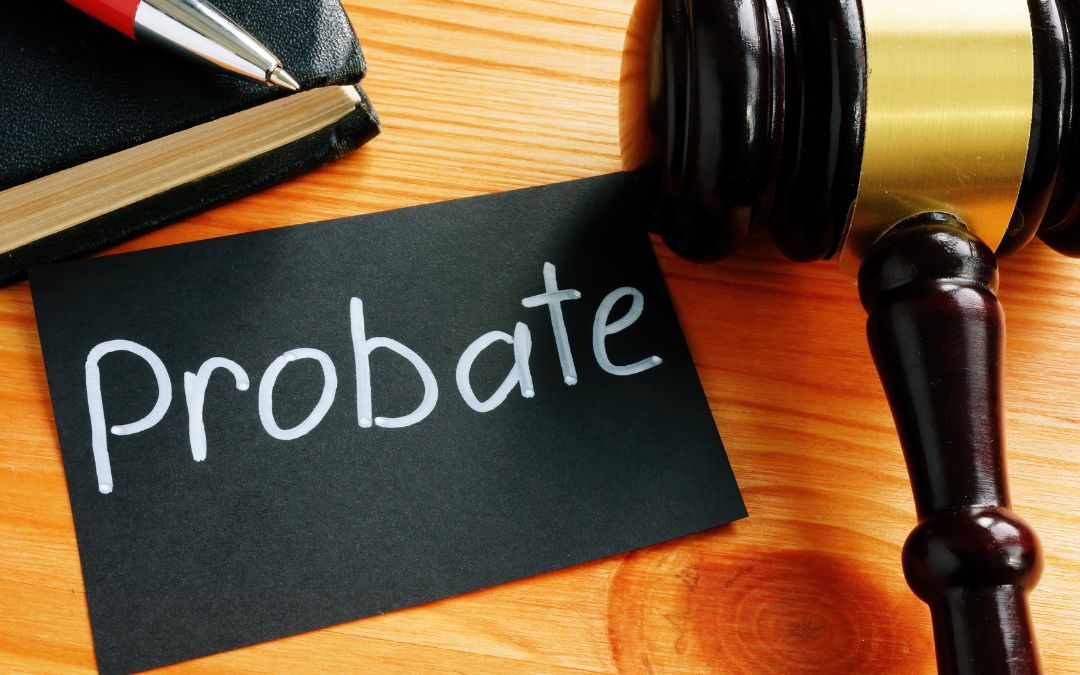
Probate Process
The probate process is the legal procedure that takes place after someone passes away to ensure that their assets and estate are properly distributed to beneficiaries or heirs and that their debts and taxes are paid. The specific steps and requirements of probate can vary by jurisdiction, but here is a general overview of the probate process:
1. Initiating Probate:
Someone, usually the executor named in the deceased person’s will or an administrator appointed by the court if there is no will, starts the probate process by filing a petition with the appropriate court. This usually happens in the county where the deceased person lived at the time of their death.
2. Notification and Inventory:
The court will notify beneficiaries, heirs, and creditors of the probate proceeding. The executor or administrator is responsible for identifying, gathering, and taking an inventory of the deceased person’s assets, including real estate, bank accounts, investments, personal property, and any debts.
3. Valuation of Assets:
Appraisals or professional assessments may be required to determine the value of certain assets, particularly real estate and valuable personal property.
4. Notifying Creditors:
The executor or administrator must notify known creditors of the deceased person’s death and the probate process. Creditors have a specified period to submit claims for unpaid debts.
5. Payment of Debts and Taxes:
Using the assets of the estate, the executor or administrator must pay off valid debts and taxes. This may involve selling assets if there are insufficient liquid funds in the estate.
6. Distribution of Assets:
After paying debts and taxes, the remaining assets are distributed to the beneficiaries according to the terms of the will or the laws of intestate succession if there is no will.
7. Final Accounting:
The executor or administrator provides an accounting of all financial transactions and distributions to the court and beneficiaries. This accounting is subject to court approval.
8. Court Approval and Closing:
Once the court is satisfied that all legal requirements have been met, it will approve the final accounting and close the probate estate. At this point, the executor’s or administrator’s responsibilities are complete, and the probate process is concluded.
9. Distribution of Inheritance:
Beneficiaries receive their inheritances as specified in the will or determined by intestate succession laws.
10. Final Report and Discharge:
The executor or administrator files a final report with the court, providing documentation of all actions taken during probate. Once approved, the executor or administrator is discharged from their duties, and the probate process officially ends.
The probate process can be time-consuming and may involve legal fees and court costs. In some cases, people use estate planning strategies to avoid or minimize the probate process, such as creating living trusts, designating beneficiaries on accounts, or giving away assets while alive.
It’s essential to consult with a Probate Lawyer in Perth experienced in probate law if you are involved in the probate process to ensure that you meet all legal requirements and protect the interests of the deceased person’s estate and beneficiaries. Additionally, probate laws and procedures can vary significantly by jurisdiction, so it’s crucial to understand the specific rules in your area.

